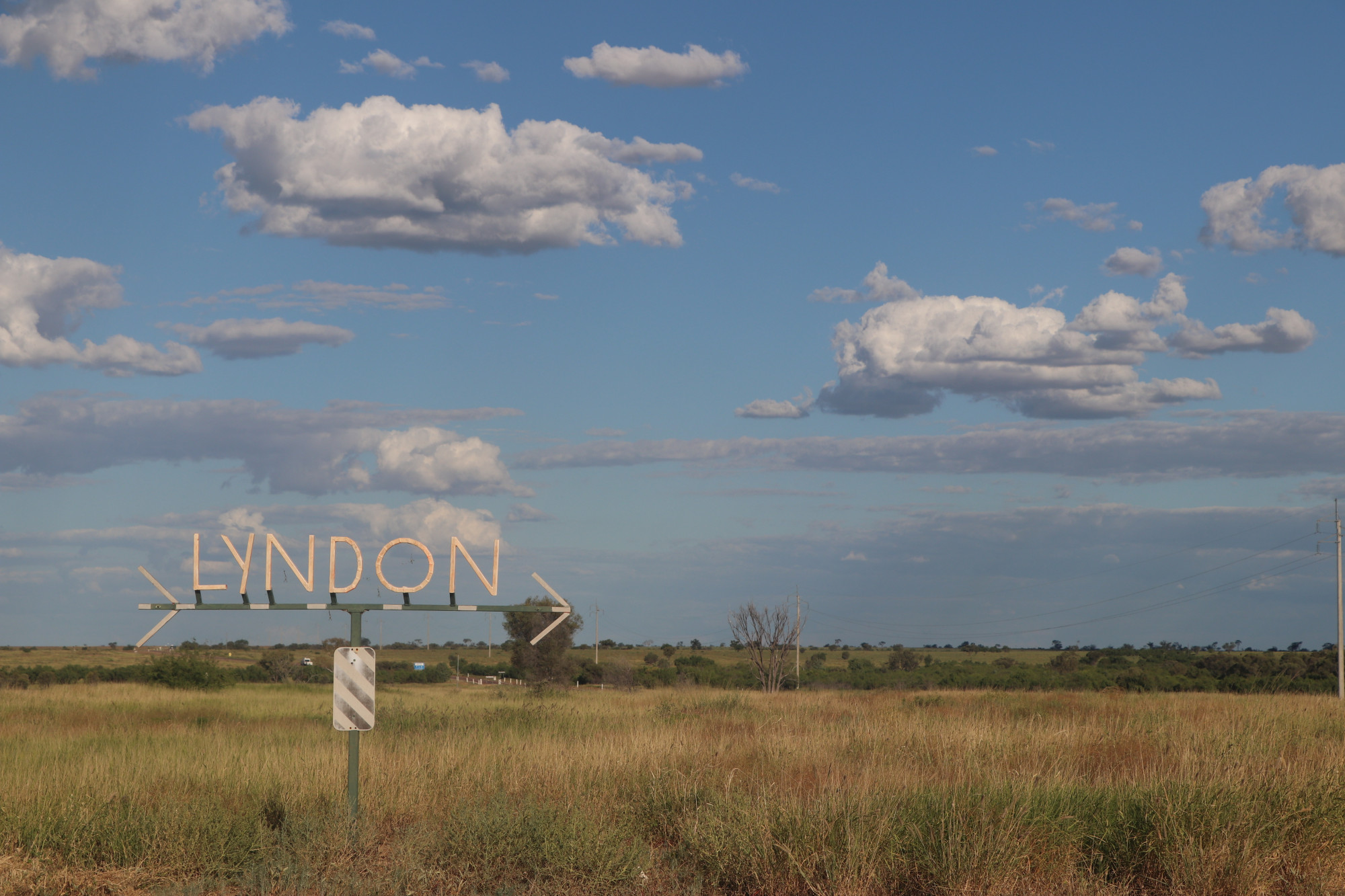
Some stations have started shearing, and before the end of July, the season will be in full swing.
Longreach shearer Jovan Taiki noted the stark contrast between stations he has worked on across the country.
“Some of the toughest farmers around here…probably some of the toughest of scenery on this country,” he said.
“I’’ve shorn all over the country here and they do it tough out here.
“But I will stick around, I will not quit you now.
“Those [Graziers] down in South Australia [don’t understand real] drought.
“These men out here that run these stations are some of the toughest farmers of all.
“They just hang in there, I have seen a few stations and what we got to deal with but, nothing is as bad as out here.
“If it’’s not drought setting in and we get a lot of rain and I hope in one way or another [the Graziers and farm producers will] get a break.”
Beginning in the sheds of the outback, many will work gradually to finish the season in the stifling heat of November.
Mr Taiki said he’s ready for what the season will throw at him.
“It just depends on numbers, it could be a long season, it could be a short one, he said.
“It is tough, this time of the year sheep do not shear as good as they should.
“The conditions are a lot tougher at day, but we are working in 40, 42-degree heat working 100 and 150 kms away from home.”
This year, conditions are dry and consequently, shearing operations have been curtailed in many districts.
Michael Pora is a shearing and wool handling trainer for Australian Wool Innovations and coordinates the shearing schools for AWI in the region.
“There’’s a big shearer shortage in Australia,” he said.
“Every state has got a shearing shortage at the moment.
“I still run shearing courses in USA, Canada each year [from afar].
“I’’ll get plenty of work in the next two to three years [in Australia] and who knows with COVID, god help me, who knows how long before we can have foreign shearers come back.
Mr Pora knows how demanding this job can be but urges job searchers to put it on the list as an option this shearing season.
“If you’re physical, if you want to travel Australia, you can go in and stay in all parts of Australia,” he said.
“You can go around the world.
“It’’s a great way to see the country.
“You can make pretty good money.
“If you want to dedicate yourself and work a little bit harder, you get paid per sheep.
“So the harder you want to work, the more money you’’re going to make.”
It is difficult to estimate the number of shearers it takes to gather the wool clip.
Numbers are largely lacking across the state, but probable that over 3000 shearers will find employment during the season.
Jo Bo-Brown is primed and ready to shear for the season.
“I’’ve been around about since I was twelve, I’’m 25 this year, so this is about time I picked up a hand piece and gave it a go,” he said.
“It’’s a great lifestyle. It’’s great way to meet really cool people.
“I’’ve already got a job offer being off for a little bit.
“I’’ve got some shearing lined up for next week and some crutching in two weeks after, so I’’m already lined up to go again.
Mr Bo Brown was kind enough to explain what crutching is for newcomers to the Central West who are only witnessing what shearing is all about for the first time in their lives.
“Crutching is where you crutch around the bum so that way, you stop flies and just generally keep the sheep healthy,” he said.
“Keep the wool off their face so they do not get blind so they can see where they’’re going.”
Josephine Mahony is in her first year of veterinary science and got a taste of what shearing is all about as part of her university placement at Lyndon Station AWI training school last month.
“It’’s a lot of work, it’’s very hard,” she said.
“I’’ve already done a couple a day so far, I’’d say if you’’re really passionate about it, then I definitely, definitely recommend doing it.
“Being around the atmosphere and the people, it’’s really enjoyable for me.”
The army of shearers and assistants is drawn in from every state, but the majority come from South Australia, Victoria, and Tasmania.
There was a time when shearers moving from state to state were in almost constant employment, but only a few die-hard talents shear for more than six months of the year.





